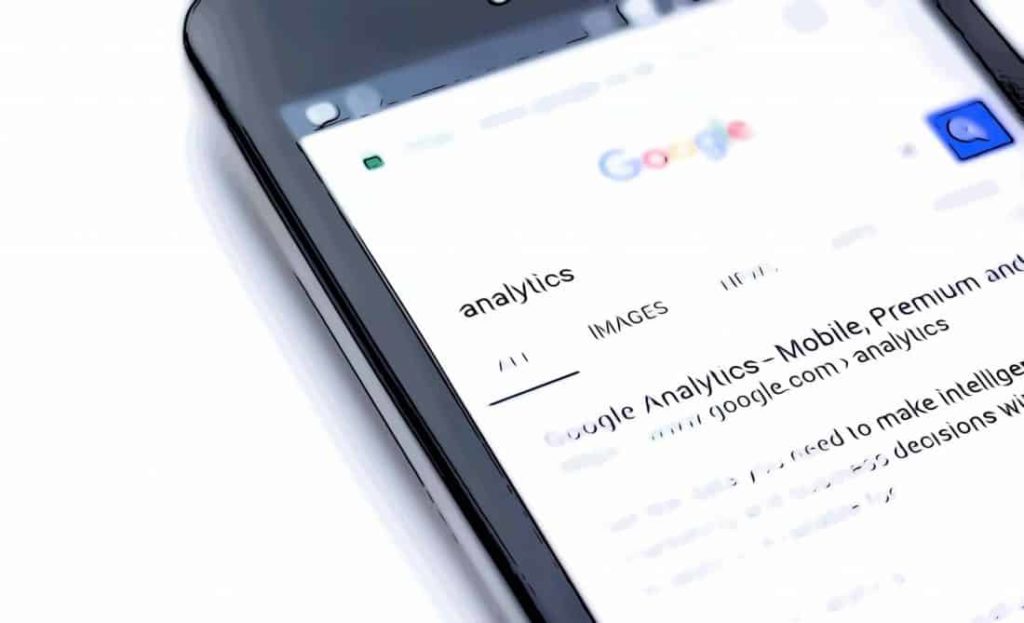Modern marketers are always looking for ways to grow their successful campaigns and reach new audiences. Lookalike modeling is an effective way to identify customer attributes and use these to build new and larger lookalike audiences to expand the reach of marketing activity.
There are several ways to do this and marketers focus on these attributes and behaviors as the core identifiers of their target audience.
But what if there was a better kind of attribute to identify similar audiences. What if this behavioral data was a better indicator of similarity that just having visited the same product page?
And what if these datasets were underutilized in lookalike modeling – allowing you to build more relevant audiences for your campaigns?
Table of Contents
The issues with lookalike modeling
Current data on lookalike is, for the most part, a valid way to build lookalikes. But often these datasets are for individuals that look like others in the seed audience.
This might appear obvious but do you want to build your audience based on looks? Wouldn’t it be better to focus on how consumers behave, rather than outdated demographics – such as a page like that occurred years ago?
Well, this is possible when the focus is placed more on act alike audiences, rather than lookalike.
Using location to create behavioral based lookalikes
![]()
Act alike audience is better than lookalike modeling because you are using more recent data and you are using data which signifies intent. A great example of this is location data. It’s current and traveling to a specific location is a much better signifier of consumer intent.
Behavioural based lookalike modeling is more effective because you can provide narrowly defined attributes and use this to build new and highly relevant audiences to expand your marketing activity.
Example – the current way
Let’s look an example, in this case, city gym going customers. This is currently how lookalike modeling works:
We take the existing attributes from our data set of ideal target customers. These might have the following traits:
- Age: 24-49
- Male 60%
- Social profile matches sport interests
- Mobile-focused
Using this information you could quickly build a lookalike audience that had similar characteristics. The problem is that this same audience profile might overlap with men who are merely interested in watching football matches at home.
This is the problem with focusing on what customers look like, rather than what they do and how they behave.
Using location and actions
![]()
With action-based lookalike modeling, marketers can rely on dynamic behavior to identify attributes. These attributes can then be used to build more effective lookalike audiences.
Let’s imagine we are still trying to target the same consumers – city going gym goers
We might have customers in our database that exist in our target group but share none of the characteristics discussed above. But they have still converted and carry potential value when building a lookalike audience.
Let’s use location to illustrate this example.
We can identify where the seed lookalike goes and then identify other devices that exhibit similar behaviors.
In this case, we can map our customers, and we can see that a high percentage of them visits both whole foods and a high-end drug store within a three month period.
We can then build a lookalike audience that consists of every other device that enters both of these locations within three months. This can be done anywhere in the world, and we can even use categories of locations (health stores) to make this work in across several different regions.
Our lookalike audience, in this case, would contain people that were demographically different from our customers. They wouldn’t necessarily look like our audience, but they would behave like our customers.
This can ever be extended to build new audiences based on visits to you or your competitor’s real-world locations, which means that you can create competitive lookalikes based on your competitor’s customers.
A better way – that can also be combined with your current lookalike modeling
Of course, these attributes can be combined with your current lookalike modeling. A good balance between demographic info and behavioral data is more likely to identify customers that will improve your lead generation.
With the rise of DMP solutions that now have ready to activate location data, it’s the perfect time to use behavior as a building block for lookalike audiences.
Moving to a behavioral-based advertising model with less weight placed on demographics marketers can build more effective audiences and maximize their KPIs.
Start building better audiences
James is the head of marketing at Tamoco




Leave a Reply